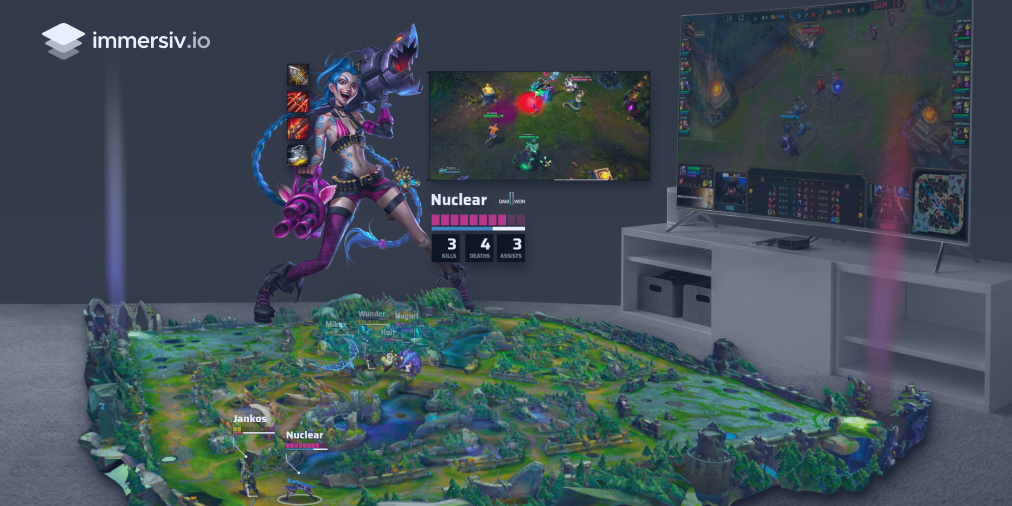Pulse of Information
Your source for the latest insights and updates.
Augmented Reality: Where Your Imagination Meets Reality
Discover how augmented reality transforms your wildest dreams into reality. Unlock your imagination today!
Understanding Augmented Reality: How It Transform Our Daily Experiences
Understanding Augmented Reality (AR) is essential as it increasingly shapes our daily experiences. From education to retail, this innovative technology overlays digital information onto the real world, enhancing how we interact with our environment. For instance, in the classroom, augmented reality makes learning more immersive by bringing complex subjects to life through 3D models and interactive simulations. Similarly, in retail, customers can use AR to visualize products in their own homes, allowing for a more informed and engaging shopping experience.
The transformation brought about by augmented reality doesn't stop at education and retail; it extends to various facets of our lives.
- Healthcare: Medical professionals use AR for surgical procedures, enabling them to visualize vital information overlaid onto a patient’s body.
- Entertainment: AR games and applications, like Pokémon GO, create interactive experiences that blend the digital and physical worlds.
- Travel: Tourists can access information about landmarks by pointing their smartphones at them, enriching their sightseeing experiences.

The Future of Augmented Reality: Trends and Innovations to Watch
The future of Augmented Reality (AR) is poised for remarkable advancements as technology continues to evolve. Key trends are emerging, such as the integration of AR with artificial intelligence and machine learning, which will enable more personalized and immersive experiences for users. As AR applications become more accessible across various industries, from retail to healthcare, we can expect innovative solutions that will redefine how we interact with our environments. For example, AR-powered shopping experiences allow consumers to visualize products in their own space before making a purchase, enhancing decision-making and customer satisfaction.
Moreover, the rise of 5G technology is set to significantly enhance AR experiences by providing faster data transfer speeds and lower latency. This will enable seamless interactions in real-time, making features like live collaboration and expressive AR gaming much more engaging. As we look toward the future, it's essential to keep an eye on these innovations and their potential applications. To sum up, the following trends are pivotal to watch:
- Social AR - user-generated content and shared experiences.
- AR in Education - interactive learning environments.
- AR for Remote Work - enhanced virtual meetings.
These trends will not only shape the landscape of augmented reality but also transform various sectors and redefine user experiences.
How Augmented Reality Is Bridging the Gap Between Imagination and Reality
Augmented Reality (AR) is revolutionizing the way we interact with the world, effectively bridging the gap between imagination and reality. By overlaying digital information onto the physical environment, AR allows users to visualize their ideas in a tangible form. This technology is transforming industries such as education, healthcare, and entertainment, creating immersive experiences that were once only possible in our dreams. For instance, in the realm of education, AR is enabling students to explore complex concepts through interactive simulations, making learning more engaging and effective.
Moreover, AR has found its way into everyday life, impacting how we shop, design, and socialize. Retailers are using AR to offer virtual try-ons, allowing customers to see how products will look in real life without leaving their homes. This not only enhances the shopping experience but also helps eliminate buyer's remorse. As companies continue to innovate, the potential applications of AR are limitless, making it an essential tool for bridging the gap between what we envision and what we can achieve in our daily lives.